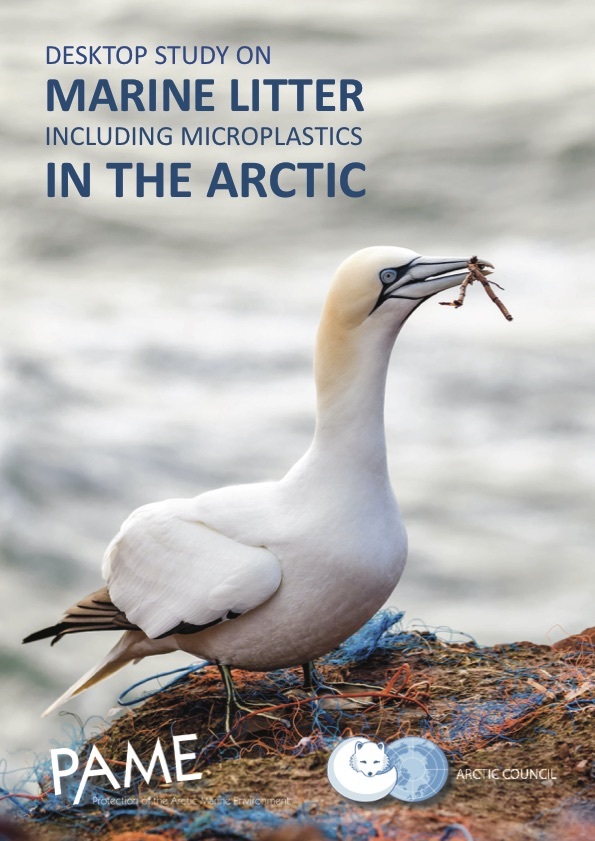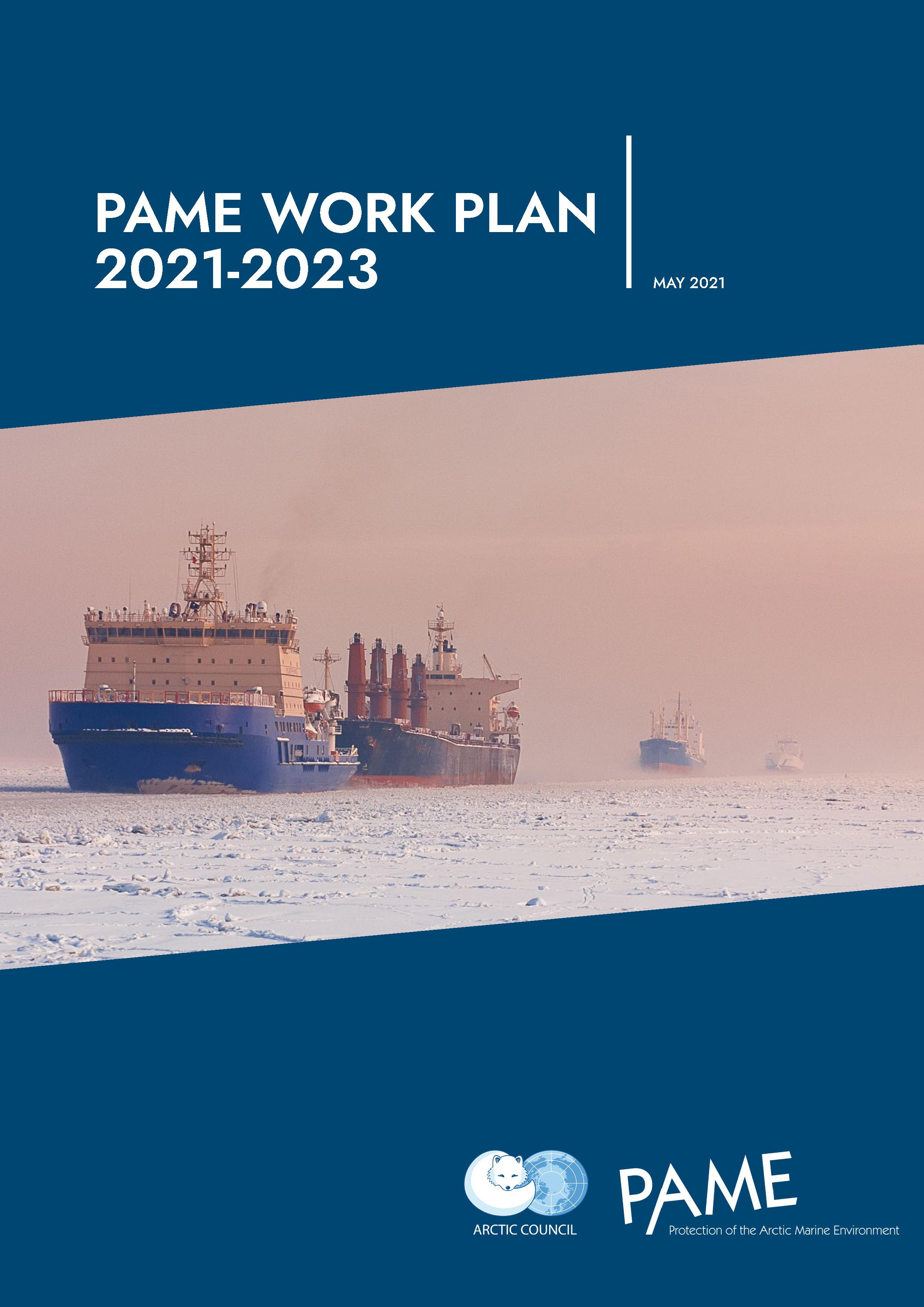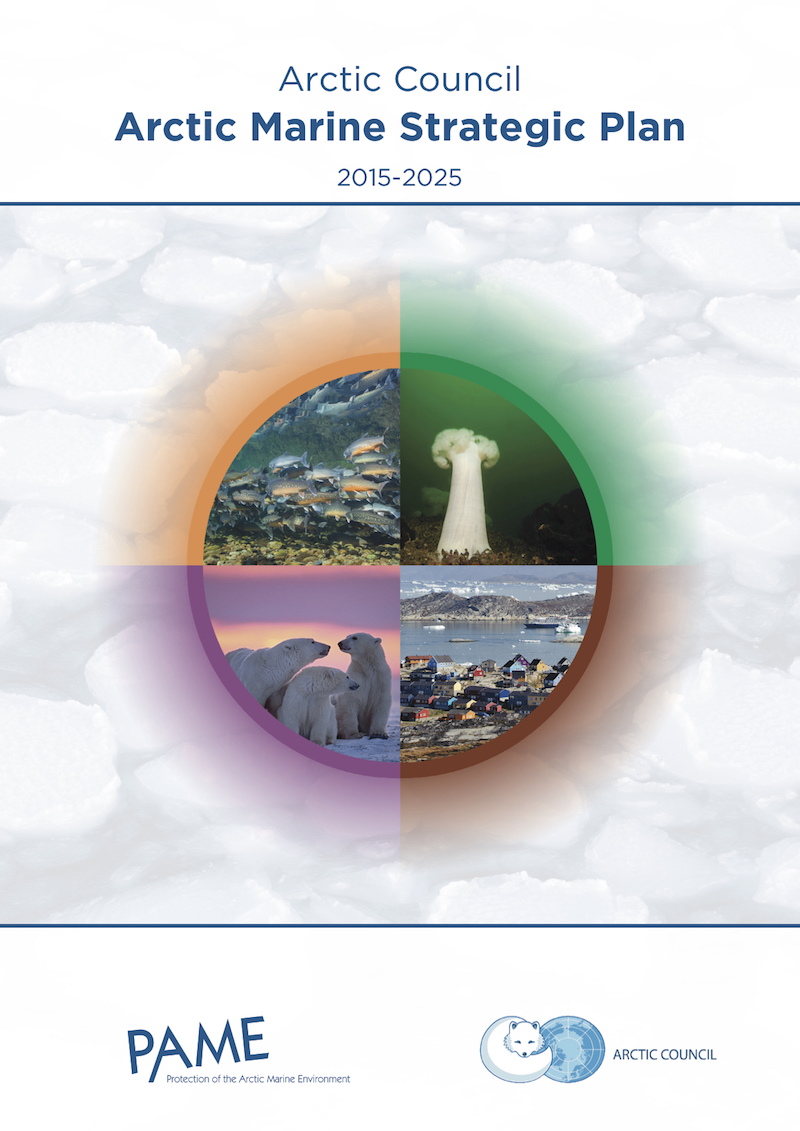Effective management and conservation of terrestrially breeding marine predators requires information on connectivity between specific breeding sites and at-sea foraging areas. In the north-east Atlantic, efforts to monitor and manage the impacts of bycatch or pollution events within different Convention for the Protection of the Marine Environment of the North-East Atlantic (OSPAR) management regions are currently constrained by uncertainty over the origins of seabirds occurring in each area.
Whilst Global Positioning System (GPS) loggers can now provide high resolution data on seabird foraging characteristics, their use is largely restricted to the chick-rearing period. Smaller light-based Global Location Sensors (geolocators) could provide valuable data during earlier phases of the breeding season, but additional information on their accuracy is required to assess this potential.
We used incubation trip tracking data from 11 double-tagged (GPS/geolocator) northern fulmars Fulmarus glacialis L. within a state-space modelling (SSM) framework to estimate errors around geolocator locations. The SSM was then fitted to a larger sample of geolocator data from the pre-laying exodus using the mean of these error estimates. Geolocator data were first used to compare the trip durations of males and females during this critical pre-laying period. Outputs from the SSM were then used to characterize their spatial distribution and assess the extent of within-colony variation in the use of different OSPAR management regions.
During the pre-laying exodus, fulmars from a single colony in the north-east of the United Kingdom foraged widely across several biogeographical regions, up to 2900 km from the colony. Most (60%) males remained within the North Sea region, whereas most (68%) females flew north, foraging within the Norwegian and Barents Sea. A small subset of birds (15%) travelled to the central North Atlantic. Foraging trips by males appeared to be shorter (x = 18 days, n = 20) than by females (x = 25 days, n = 19).
Policy implications. Our results of state-space modelling of geolocation data collected from northern fulmars show that within-colony variation in ranging behaviour during the breeding season results in sex differences in exposure to threats such as fisheries bycatch and marine plastics. Birds from a single colony dispersed over several north-east Atlantic management areas. These patterns have implications for interpreting trends in colony-based monitoring schemes, and European Union Marine Strategy Framework programmes using these seabirds as an indicator species for monitoring trends in marine litter and prioritizing efforts to mitigate its impact.
 This is a collection of submissions on marine litter literature of relevance to the Arctic based on a dedicated submission form sent out to Arctic Council members and experts in Fall 2017. This was in support of the development of the Desktop Study on Marine Litter, including Microplastics in the Arctic (May 2019) with the aim to:
This is a collection of submissions on marine litter literature of relevance to the Arctic based on a dedicated submission form sent out to Arctic Council members and experts in Fall 2017. This was in support of the development of the Desktop Study on Marine Litter, including Microplastics in the Arctic (May 2019) with the aim to:




